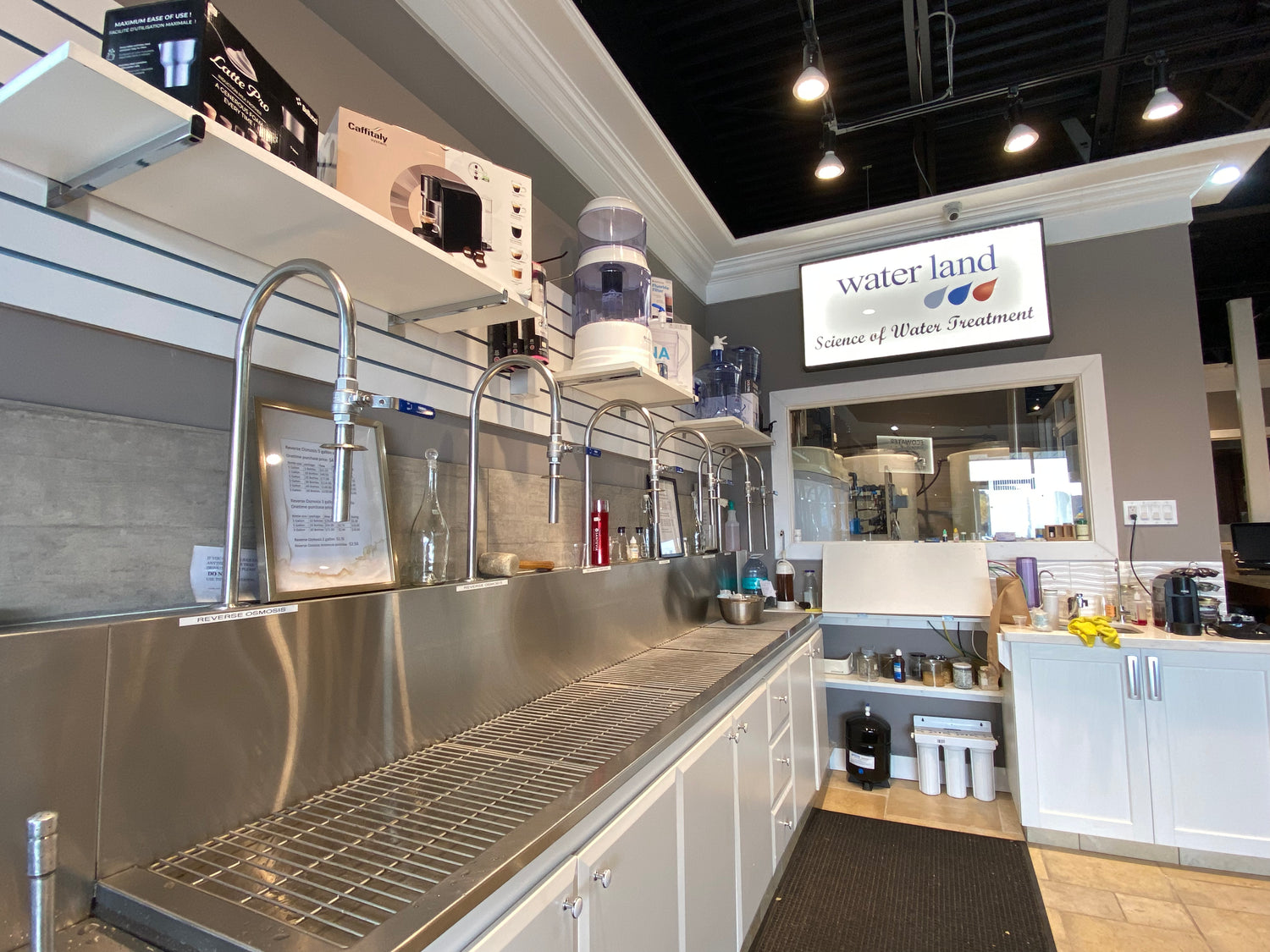FREQUENTLY ASKED QUESTIONS
Here you’ll find some of the most commonly asked questions. If you don’t find the information you’re looking for contact us today.

Here you’ll find some of the most commonly asked questions. If you don’t find the information you’re looking for contact us today.

Any system or method that filters particles and impurities from your water is referred to as
a water filtration system. Water filtration is defined as the process of removing any
amount of sediment, particles, bacteria, and the chlorine taste from water. It's a filtration
system if it has any kind of filter.
Water purification is the process of removing contaminants from water to make it safe and healthy to drink. This includes eliminating harmful substances like bacteria, viruses, chemicals, heavy metals, and sediment. Systems like reverse osmosis or UV filtration are commonly used for purification.
Water softening, on the other hand, specifically targets minerals like calcium and magnesium that cause “hard water.” Hard water can leave scale buildup on appliances, reduce soap efficiency, and create spots on dishes. A water softener doesn’t necessarily purify the water, but it makes it “softer,” extending the life of your plumbing and improving everyday water use.
Reverse Osmosis (RO) is one of the most effective water filtration methods available. It can remove up to 95–99% of dissolved salts, minerals, and contaminants from water. Common impurities removed include:
The result is clean, crisp, great-tasting water that’s safe for drinking and cooking.
Hard water is water that contains high levels of dissolved minerals, mainly calcium and magnesium. These minerals cause scale buildup in pipes and appliances, leave spots on dishes, and reduce soap efficiency.
Common signs of hard water include:
You can also confirm by having your water tested.
Water hardness is measured in grains per gallon (gpg) or milligrams per liter (mg/L). You can:
Hardness levels are usually classified as:
The most effective way to treat hard water is by installing a water softener. A softener uses a process called ion exchange to replace calcium and magnesium with sodium or potassium, removing hardness minerals. Other options include salt-free conditioners, but they don’t actually remove hardness — they just reduce scale buildup.
Sizing depends on:
For example, a family of four with moderately hard water will need a larger softener than a single person with the same water quality. A water expert can help calculate the right size to ensure efficiency.
Most softeners require about 2–3 square feet of floor space near a water line and drain. They usually include two tanks: one for resin and one for salt. Compact models are available for smaller spaces like condos or townhomes.
No. A softener only removes hardness minerals (calcium and magnesium). It will not eliminate chlorine, iron, bacteria, pesticides, or other contaminants. For complete purification, you may need to pair your softener with a system like reverse osmosis or carbon filtration.
A salt-less softener, also called a water conditioner, doesn’t remove hardness minerals. Instead, it changes the structure of calcium and magnesium so they don’t stick to surfaces and form scale. These systems are good for reducing buildup, but they don’t soften water in the traditional sense.

